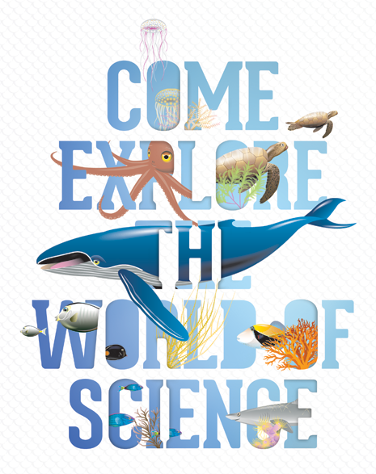Integrated Language Arts and Social Studies
Unit 3: Exploring People and Innovation
Our Focus
The emphasis of this final unit is on research. Students will be expected to research and present on a topic using multiple sources, take notes and sort evidence into categories. In this unit, students will also learn how to draw a distinction between the narrator’s point of view and their own.
Instructional Approach
As a culminating activity for the year, students will participate in a Wax Museum event where they will become a wax figure of a significant person, place, event or thing, prepare talking points, and give a dramatic presentation to showcase their learning. Students will understand the concept of innovation by learning about inventions and the traits of inventors. Students will read multiple texts on the same topic (biography and/or inventions) and then report on the topic by integrating appropriate facts and relevant details. They will have the opportunity to write an explanatory text.
Math
Unit 7 Geometry
Our Focus
Unit 7 focuses on geometry. The students will work on identifying different shapes and their attributes (i.e., having three, four, or more sides), and those attributes can define a larger category (polygons, quadrilaterals etc…). They will understand the attributes of a quadrilateral, and be able to draw examples of quadrilaterals that do not belong in this category. Lastly, the students will be able to divide shapes into equal parts and equal areas, and express the area of each part as a unit fraction (a fraction where the numerator is 1) of each whole.
Instructional Approach
We will begin the unit by reviewing plane shapes and identifying sides and vertices. We will then investigate line segments, rays, and lines (i.e., parallel, intersecting and perpendicular) in isolation and as part of the plane shapes. Following an understanding of these concepts, students will learn to identify and describe angles in isolation and in plane shapes (i.e., right, acute, obtuse). The students will progress to identifying, classifying, and describing polygons, quadrilaterals, and triangles. They will solve problems using the strategy “draw a diagram” to classify plane shapes. Students will partition shapes into parts with equal areas and express the area as a unit fraction of the whole and use fractions to name a of b equal parts. Students will use attributes of shapes to give clues about shapes.
Order of Operations
Problem Solving
Subtraction with Regrouping
One of our year long goals in making confident computers in the area of addition and subtraction of 3 digit numbers. Some students are having difficulty with subtraction when regrouping is required. Check out these tutorials for some tips!
Rounding to the nearest 10
Science
States of Matter
In our states of matter unit we review and develop a deeper understanding of the states of matter. We will work through a number of inquiry activities in order to investigate solids, liquids and gasses and begin to understand them better.
Check out these videos and simulations to review what we've learned in class.
Study Jams - Solids Liquids Gases
Playground evaporation time lapse
Science Rotation
The 3rd grade classes will switch classes for science. It's a great way to get to know the 3rd grade teachers and a fantastic way for the teachers to get to know all of the 3rd grade students!

Science Topics
Animal Behavior: Mealworms
Magnets
Earth Movements
States of Matter
Inquiry Learning: Soggy Paper
